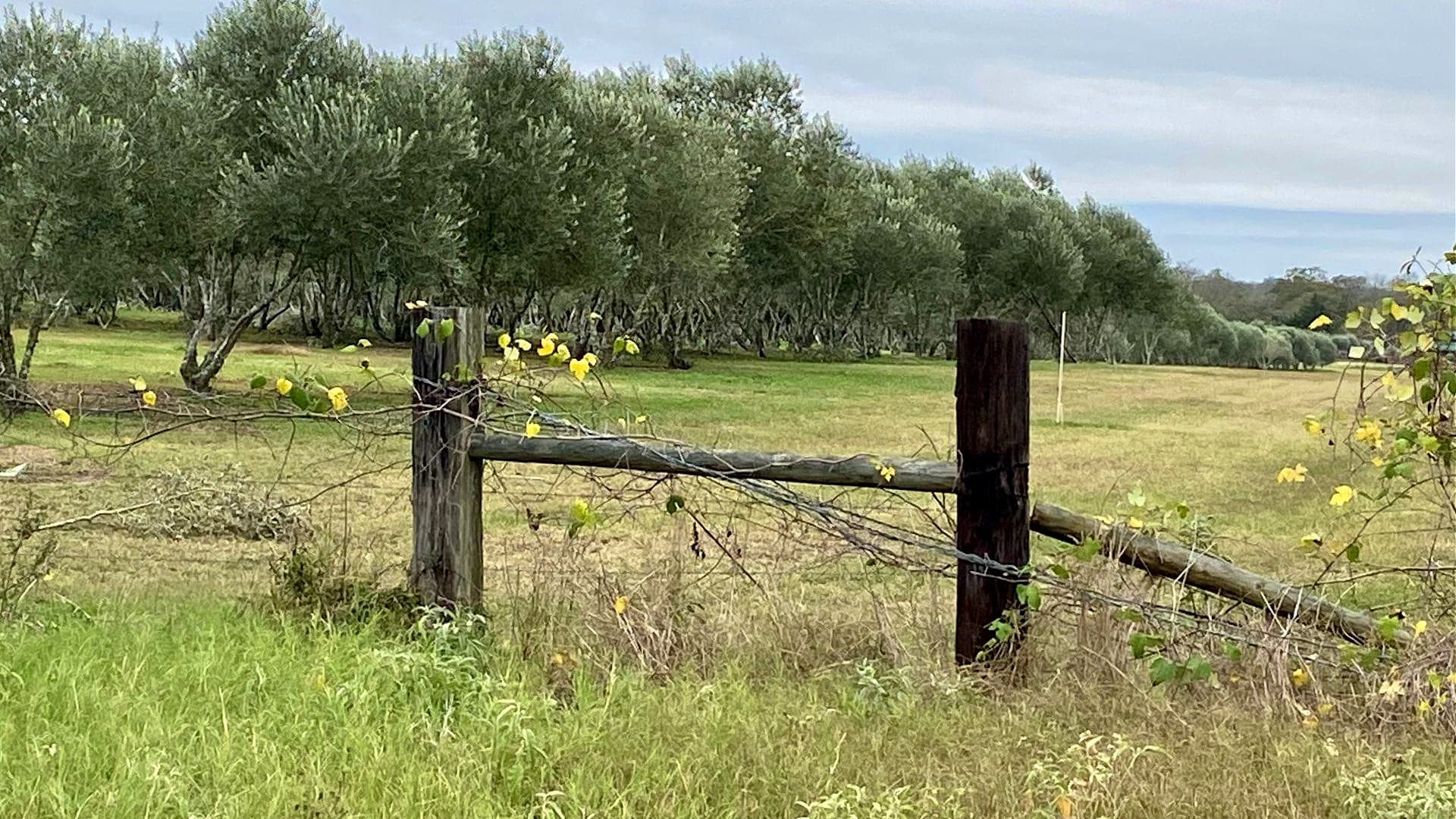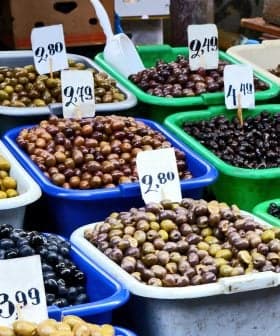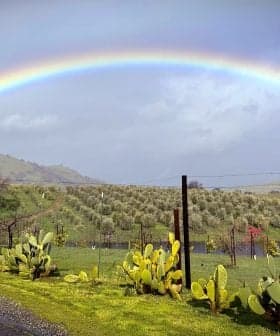 6.3K reads
6.3K readsProduction
Olive Groves in Texas Remain Barren Ahead of Harvest Season

Due to historic freezing weather in Texas over the past three years, there will be no olive harvest in the state for the third consecutive year. Despite the setbacks, olive growers in Texas are optimistic about the future, with hopes for a harvest in 2024 if they receive a normal winter without extreme temperature swings. The industry has learned valuable lessons and gained new skills during this challenging period, which will benefit Texas olive growers in the long run.
There will be no olive harvest for the third consecutive year in Texas, historically the second-largest olive oil-producing state in the United States.
“The groves remain in a restoration status,” said Cathy Burnell, president of the Texas Association of Olive Oil (TXAOO) and Texas Olive Oil Advisory Board board member, told Olive Oil Times. “The good news and positive signs are that we are seeing recovery in existing groves, and planting new groves has resumed.”
We fully expected a crop this year. It looked like we were on the verge of our comeback year… (However,) we had unseasonably warm weather immediately before freezing temperatures this winter.
“The Texas olive harvest [usually] begins in late August and goes through early October, but Texas will not have an olive harvest in 2023,” she added. “But we are excited and look forward to the 2024 Texas olives.”
“Long story short, there will be no olive harvest in Texas this year,” confirmed Stephen Janak, an extension program specialist at Texas A&M AgriLife. “Fall of 2020 was the last time olives were harvested in Texas.”
See Also:2023 Harvest UpdatesDepending on their location in the state, the second-largest in the U.S. by area, olive growers in Texas experienced diverse impacts and have reacted differently.
“While a handful of people quit growing olives entirely, some switched to different crops,” Janak, who visits orchards across Texas, told Olive Oil Times. However, he noted, “the majority have replanted or are at least continuing to care for their trees and trying to revitalize their orchards.”
Texas has experienced historic and damaging freezing weather in three straight winters.
“Nearly all the orchards north of U.S. Highway 90 [which connects Houston with San Antonio and continues into west Texas] look terrible,” Janak said. “Most have small, stunted, damaged trees, or the orchards have been recently replanted this spring.”
“[In contrast] south of U.S. Highway 90 looks better,” he added. “There are orchards here that never completely froze to the ground and only had some canopy dieback.”
At the beginning of the year, Janak said there was hope for an olive harvest in Texas, but extreme winter weather conditions again interfered.
“We fully expected a crop this year,” he said. “It looked like we were on the verge of our comeback year, at least for the more southern orchards. [However,] we had unseasonably warm weather immediately before freezing temperatures this winter.”
The warm winter temperatures resulted in the olive trees producing buds prematurely, which were then damaged by the drop to below-freezing temperatures shortly after.
“Inflorescence buds had begun to wake up and were caught by the freeze,” Janak said. “I cut open many buds in February to find that they were black and dead inside.”
“The long and short story, all the orchards with mature, established trees that were capable of setting a crop look really good right now – but they have no fruit,” he added. “The trees are big and healthy and vigorous, with no fruit load. The challenge now is to keep freeloading trees from getting too vigorous.”
Burnell confirmed that the recent warm weather followed by an immediate cold snap had dealt a blow to growers across the Lone Star State.
See Also:Late Winter Rains, Heavy Blooms Herald a Promising Season in California“Previously weakened olive trees were killed, and newly planted young olive trees were damaged,” she said. “The winter cold from this year was experienced in areas of Texas that traditionally don’t see temperatures in the twenties or teens (about –10 ºC to – 4 ºC).”
“The groves that escaped significant damage from the winter storm, Uri, suffered damage from this unexpected cold,” Burnell added.
According to a report from the Texas Comptroller, the Winter Storm Uri of 2021 will remain etched into Texans’ minds for a long time. The storm caused significant snow accumulation and power blackouts across the state. The estimated storm-related losses range between $80 billion to $130 billion.
A Texas Farm Bureau report estimates agricultural losses from Winter Storm Uri at over $600 million. The report notes that these estimates are conservative and cumulative losses may be much higher, with repercussions that can affect producers for years.
Looking ahead, producers and growers in the Lone Star State are optimistic and focused on growing new skills. Olives are an emerging industry in Texas, and Texas growers are enthusiastic about taking fresh approaches to emerge victorious.
“We do have hope for a harvest in 2024,” Janak said. “The orchards in the state’s southern half are healthy, with lots of potential fruiting wood. What we need for that to happen is at least some semblance of a normal winter. We would like to request no extreme temperature swings and temperatures lower than about 27 ºF ( – 3 ºC).”
“If we do receive enough chilling to cause flowering, and we also avoid more freeze damage, the Texas olive industry would see its first olive harvest in four years,” he added. “That would do a lot to provide a bit of optimism and hope for Texas olive growers.”
Despite the setbacks of the past three years, Burnell said olive growers in Texas have learned a lot.
While there were no harvests in the conventional sense, Burnell takes a broader perspective of the term and says producers had reaped the benefits of a very different kind of harvesting.
“Harvest means to collect or obtain (a resource) for future use,” Burnell explained. “Texas has produced conventional olive harvests since 2012, and with each harvest, Texas growers have become more skilled in both what and what not to do to achieve a successful Texas olive harvest.”
“With Mother Nature as the apex teacher schooling us with historic weather events over the past three years, Texas olive growers have ‘harvested’ innovation, perseverance and determination along with olive variety verification, grove establishment methodologies and management,” she added. “These are the resources that will take Texas olive growers and the Texas olive industry into the future.”









